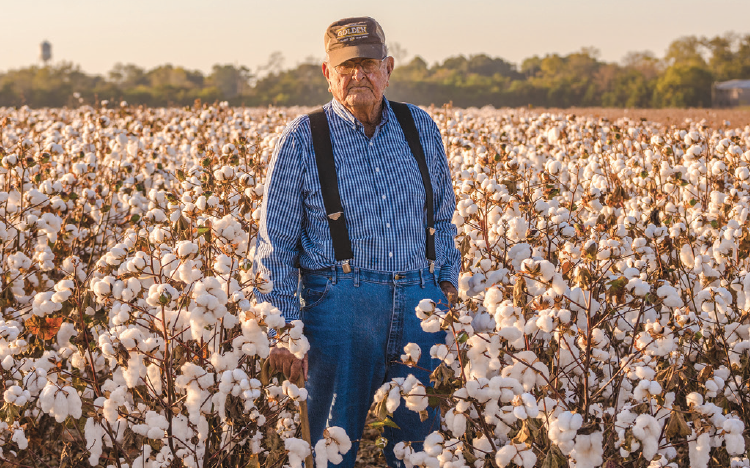In our exploration of the textile world, we’ve uncovered the emotional bonds we form with our clothing and how wearing the same thing every day can be an act of rebellion against fast fashion. Now, let’s delve deeper into how textiles can be powerful tools for environmental awareness, reminding us that our connection to clothing goes beyond ourselves and touches all those who have been part of the journey.
The Rana Plaza Tragedy: A Wake-Up Call
One of the most devastating moments in the fashion industry’s history was the collapse of Rana Plaza in 2013. This catastrophic event claimed the lives of over 1,100 people, most of them garment workers. It was a stark reminder of the human cost of our fast fashion consumption and the urgent need for change.
The emotional shockwaves of the Rana Plaza tragedy resonated with people around the world. It made us realize that our clothing isn’t just fabric; it’s a narrative of human lives and stories. This awareness fueled a growing demand for more sustainable and ethical fashion practices.



Connecting Through Clothing
Our emotional connection to textiles extends far beyond our personal attachment. It touches the lives of everyone involved in the production process, from the cotton farmers and textile workers to the designers and consumers. When we wear a piece of clothing, we carry with it the stories of the people who cultivated the materials, stitched the seams, and put their passion into creating the final product.
These emotional connections serve as a bridge between our individual choices and the broader impact on our planet and its people. When we choose to embrace sustainable and ethical fashion, we not only reduce our environmental footprint but also uplift the lives of those who bring our clothing to life.

Tools for Promoting Sustainability
Our emotional connections to textiles can be powerful tools for promoting sustainability in the fashion industry. They guide us toward making mindful choices and encourage us to support brands that align with our values.
Here are some ways we can use these tools for positive change:
- Remember the Human Connection: Think about the hands that touched your clothing at every stage of its journey, and consider the impact of your choices on their lives.
- Advocate for Transparency: Support brands that are transparent about their production processes and labor conditions. Encourage companies to prioritize ethical practices.
- Reduce, Reuse, Recycle: Embrace the principles of reducing waste and extending the lifespan of your clothing. Buy second-hand, repair, and repurpose garments to minimize your environmental impact.
- Educate and Engage: Share your knowledge and passion for sustainable fashion with your community. Engage in conversations about the importance of ethical production and eco-friendly practices.
- Demand Accountability: Use your consumer power to push for change. Hold brands accountable for their environmental and social responsibility.
By recognizing the emotional connections we share with our clothing and the broader impact of our choices, we can weave a more sustainable and harmonious future. Our textiles are not just tools for self-expression but also instruments for environmental awareness. Together, we can create a world where fashion is a force for positive change, where the emotional narratives of our clothing reflect not just our values but also our connection to all those who have touched our garments.


Leave a comment